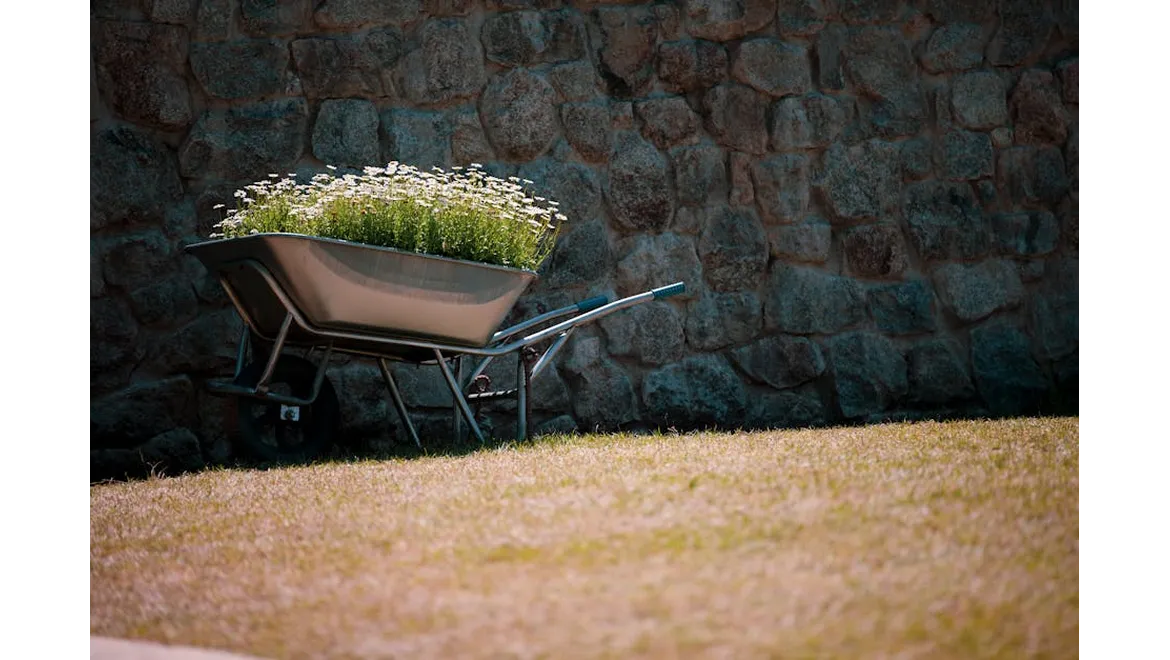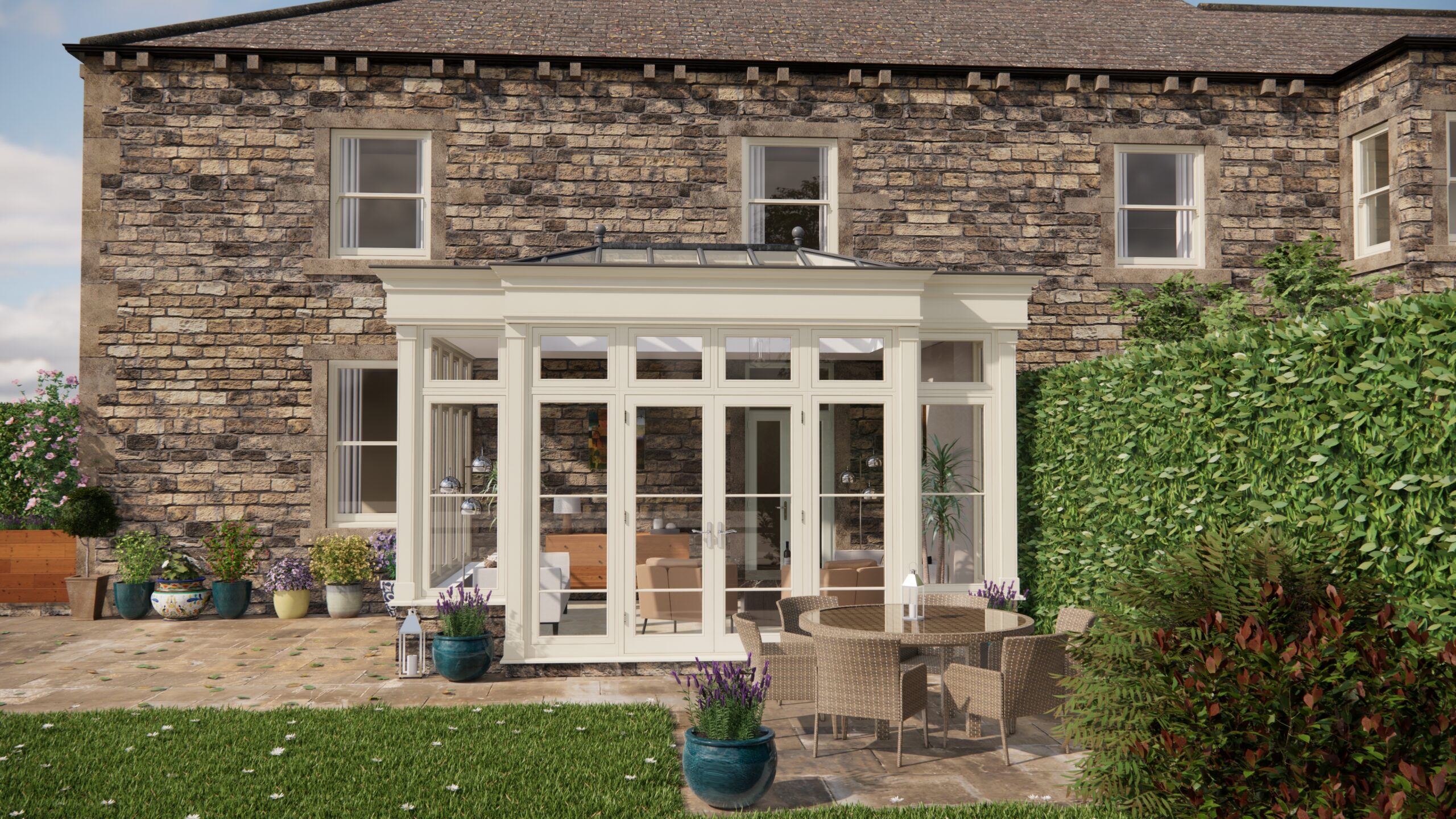Right, so I’ve been absolutely buzzing to share this chat I had with Elizabeth, a whizz when it comes to creating stunning and sustainable gardens here in the UK. We were chewing the fat about how to make our patios, paths, and driveways not just look gorgeous, but also tread a little lighter on the planet. And honestly, I learned so much, I had to share it with you all.
Why Sustainable Hard Landscaping, You Ask?
Elizabeth kicked things off by explaining the importance of sustainable hard landscaping, and how it can really make a difference, particularly in the UK with our often-challenging climate. It’s not just about ticking a green box; it’s about creating a healthier garden ecosystem, reducing our carbon footprint, and building spaces that stand the test of time.
Recycled and Reclaimed: Giving Materials a New Life
First up, we dived into the wonderful world of recycled materials. “Think about it,” Elizabeth said, with a twinkle in her eye, “reclaimed bricks, paving slabs, even crushed concrete can create the most characterful patios and pathways.” She explained how sourcing these materials not only reduces landfill waste but also adds a unique, vintage charm to your garden. A quick search online for local reclamation yards can yield a treasure trove of options. When selecting materials, do ensure they are structurally sound and appropriate for your intended use.
Local is Lovely: Sourcing Materials Responsibly
Elizabeth then emphasised the beauty of buying locally. “Think about reducing transport miles!” she exclaimed. “Sourcing stone, timber, or even aggregates from nearby quarries or suppliers significantly lowers the carbon footprint of your project.” She also pointed out that local materials often harmonise better with the existing landscape, creating a more cohesive and natural feel. Look for suppliers who can provide information on the origin and environmental certifications of their products. This is so easy these days; you can do almost all of this from your computer.
Permeable Paving: Letting Water Flow Naturally
We then moved onto permeable paving. This was a real eye-opener for me! Elizabeth explained how traditional paving can exacerbate flooding and runoff, whereas permeable options allow rainwater to seep back into the ground, replenishing groundwater supplies and reducing the strain on drainage systems. Block paving, gravel, or even specially designed permeable paving slabs are all fantastic choices. The key is to ensure proper installation with a suitable sub-base to facilitate drainage. This might mean more upfront work, but it can save a lot of hassle (and waterlogging!) in the long run.
Waste Not, Want Not: Minimising Your Impact
Minimising waste is crucial, and Elizabeth had some great tips. “Careful planning is key!” she advised. “Accurate measurements, thoughtful design, and ordering materials in the right quantities can dramatically reduce offcuts and leftover materials.” She also suggested exploring ways to repurpose any unavoidable waste within the garden. Broken slabs can become quirky stepping stones, and leftover gravel can be used in planters. It’s about getting creative and reducing your reliance on skips!
Water Wise: Conserving Our Precious Resource
Finally, we talked about water conservation. “Hard landscaping can play a surprising role here,” Elizabeth explained. She suggested incorporating features like rainwater harvesting systems to collect water for irrigation. Strategically placed gravel gardens can also help to manage water runoff and reduce the need for watering. The key is to design your hard landscaping with water in mind, creating a system that works in harmony with the natural rainfall patterns.
Eco-Friendly Products: Making the Right Choices
Elizabeth suggested looking for eco-friendly alternatives whenever possible. Sustainable wood treatments, recycled plastic decking, and even plantable paving systems can significantly reduce the environmental impact of your project. She also mentioned the importance of using natural, non-toxic cleaning products to maintain your hard landscaping, avoiding harmful chemicals that can pollute the soil and water.
So, there you have it. I hope you have enjoyed that chat with Elizabeth, a wealth of advice on how to make your garden both sustainable and attractive. By focusing on recycled materials, local sourcing, permeable paving, waste minimisation, and water conservation, you can create a beautiful outdoor space that benefits both you and the planet. It’s all about thoughtful choices and a commitment to creating a greener, more sustainable garden for generations to come. This is not only good for the enviroment but it can also reduce costs too, which is an added bonus!


